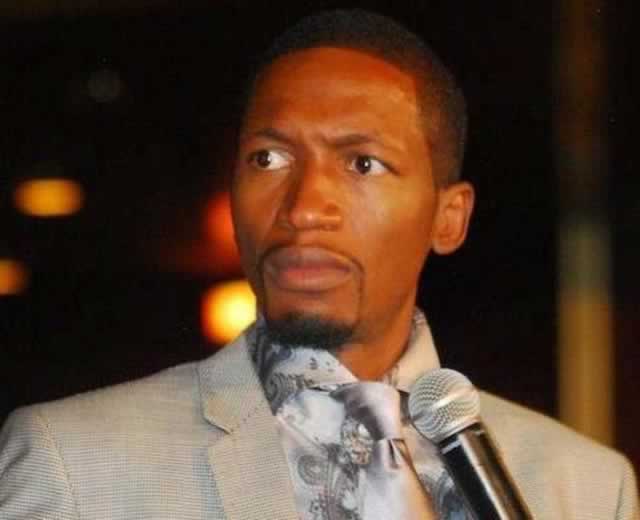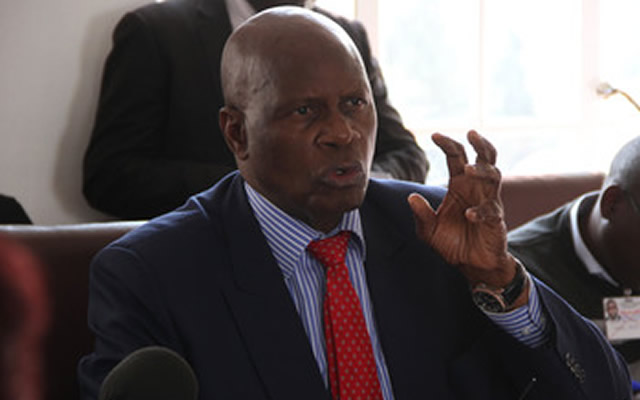Mobile money drives financial inclusion

Business Editor—
Financial inclusion in Zimbabwe increased to 77 percent in 2014 from 60 percent in 2011 mainly driven by mobile money platforms, the FinScope Consumer Survey has shown. According to the survey, which was launched yesterday, 45 percent of the population (3,15 million) is registered with mobile money platforms. Of those who are registered users, 80 percent use it to remit while 46 percent use it to transact in order to pay utility bills, buy airtime, etc.
The study revealed that the banked population has increased from 24 percent (1,45 million) in 2011 to 30 percent (2,08 million) in 2014 while 70 percent of the population is unbanked.
The majority of the unbanked indicated that they do not need a bank account (74 percent) while some said they could not afford an account.
Low incomes resulting in the inability to maintain the minimum balances required by banking institutions, have been assessed to be the major reasons for low savings and the high rate of financial exclusion in the economy.
Since the economy dollarised in February 2009, economic analysts have attributed the slow pace of savings growth, and the significant numbers of unbanked people in the economy to the alleged low consumer confidence in the banking sector, and the perceived high costs of banking.
However, the recently completed tracking survey, Finscope 2014, reveals an interesting new dimension that, it is instead, the low average consumer incomes, which leave people with very little space to save money, thus taking away the need to have a bank account, that has largely driven people to shy away from using formal financial services.
According to the survey, 53 percent of adult Zimbabweans do not save. Main reasons for not saving are that 69 percent of adults claimed to have insufficient money after living expenses and 19 percent have no income in order to save.
Of the 47 percent of adults who currently save, 35 percent save to cover living expenses while 21 percent do so for education and school fees. Only 19 percent save for non-medical emergencies.
The majority of the banked respondents regarded safety as the main reason for banking while 39 percent used bank accounts as a means to either deposit or receive money from an employer.
Furthermore, 20 percent of those who are banked believed that it was an easy way to obtain loans.
Banks emerged as the main drivers of transactional and credit products although banking costs remain a barrier to banking. The survey showed that banking infrastructure is inaccessible to those in rural areas where 70 percent of the population live. As expected, financial exclusion is relatively higher in rural areas due to the limited access to banking infrastructure and limited employment opportunities.
The study showed that 58 percent of adults do not borrow — of those who do not borrow, 39 percent fear debt while 35 percent are concerned about defaulting on credit.
On the other hand, 42 percent of adults borrow mainly from family and friends. Of those who borrow, 40 percent do so for developmental reasons, 21 percent to cover living expenses, while 10 percent borrow to pay off another debt.
The survey also showed that 70 percent of adults do not have insurance with most of those (68 percent) claiming that insurance is not affordable and too expensive. Of those who do not have insurance, 30 percent believe that they do not need it while 10 percent do not know how insurance works.
Only 30 percent of the population have insurance, the main driver being funeral cover/insurance (77 percent) and medical aid (30 percent). Further to this, burial society membership (76 percent) seems to be a popular form of informal insurance amongst those who do have insurance.
The study revealed a major shift in the means of remitting, with people who formerly used informal mechanisms of remitting (e.g. family and friends, bus or taxi drivers) now using mobile money remittance services.
To this end, 58 percent of adults claimed to remit — of those who remit, 83 percent used other formal channels such as the bank, mobile money and cross-border channels like Mukuru, MoneyGram and Western Union amongst others. Of those who remitted, only 9 percent used a bank while 17 percent used informal mechanisms such as bus or taxi drivers.
The study also showed that 65 percent of the adult population earn $100 or less per month. Responding to the survey, Bankers Association of Zimbabwe president, Mr Sam Malaba urged Government to device macro-economic strategies to boost the livelihoods of Zimbabweans as economic hardships continue to worsen.
Dr Charity Dhliwayo deputy Reserve Bank Governor said that the findings of the survey were “of keen interest to the RBZ in that they stimulated an important dialogue” and “laid the basis for evidence based interventions”.
“The identified challenges create scope to harness resources currently circulating in the informal sector”, Dr Dhliwayo said.
They are consistent with empirical evidence which shows a strong correlation between financial inclusion and economic development”, she added.
Dr Dhilwayo asserted that the results would enable policy makers to effectively deal with issues hindering financial inclusion whilst innovative service providers will be encouraged to deliver appropriate services to financial excluded segments.











Comments